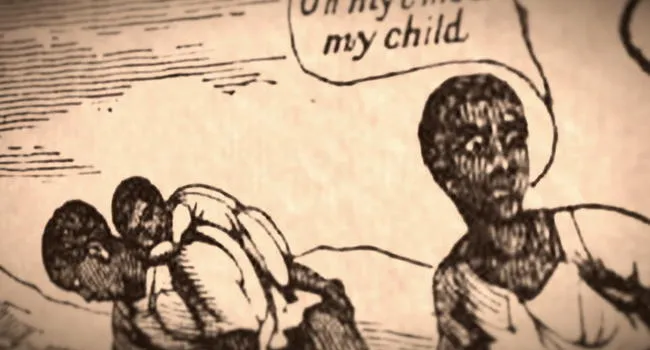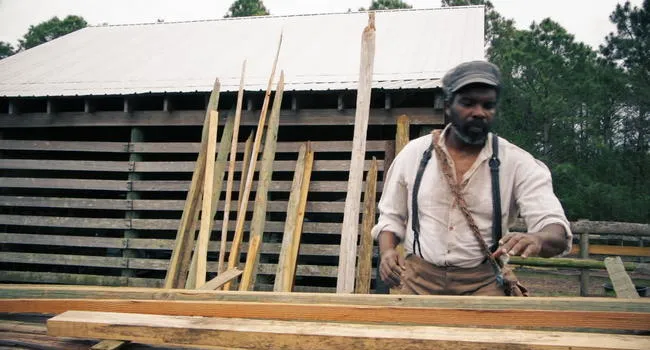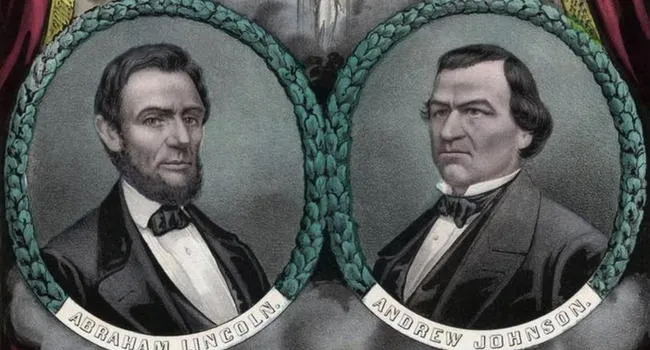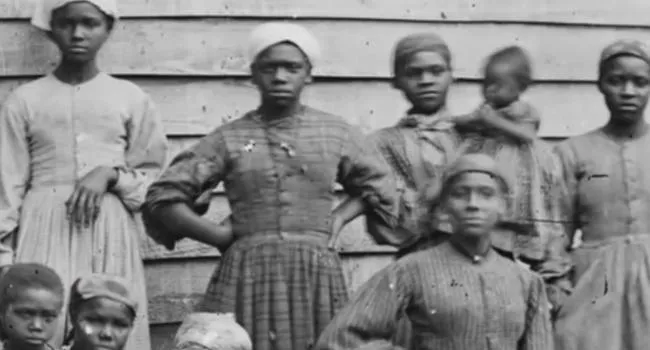Historian Kate Masur explains the origins of 40 Acres and a Mule, a famous phrase that many have heard but may not fully understand. It originated in the early days of Reconstruction, when General Sherman issued Field Order 15, giving thousands of freed people abandoned land along the coast of South Carolina and Georgia.
Reconstruction 360 uses a 360 degree video platform as a storytelling device that lets the audience step inside pivotal Reconstruction events. By clicking on icons within the 360 video the user can access short documentaries that offer the perspectives of multiple characters. Reconstruction 360 also includes lesson plans, primary documents, curriculum standards and a geolocative walking tour of Reconstruction sites in downtown Columbia, S.C. This module, 40 Acres and a Mule, focuses on the theme of land and labor at the close of the Civil War. It is a prototype for a larger project that will include five more themes.
Standards
- 4.5.CO Compare the roles of various groups on Reconstruction.
- 4.5.P Summarize Reconstruction as a turning point in American history.
- 4.5.CX Contextualize the economic, labor, political, and social conditions in South Carolina during the period of Reconstruction.
- 4.5.E Analyze multiple perspectives of the economic, political, and social effects of Reconstruction on different populations in the South and in other regions of the U.S.
- This indicator was developed to encourage inquiry into the changes that served as a catalyst for Reconstruction. The indicator was also designed to promote inquiry into how these actions affected the economic, political, and social conditions in the South.
- This indicator was developed to encourage inquiry into how the former planter class, African Americans, women, and others adjusted to, gained, lost, and/or regained position and status during Reconstruction. This indicator was also written to foster inquiry into how South Carolina worked with a stronger federal government and expanding international markets.
- 8.4.CC Analyze continuities and change in the African American experience in the period of Reconstruction and Jim Crow eras within South Carolina.
- 8.4.E Utilize a variety of primary and secondary sources to analyze multiple perspectives of the challenges and changes within South Carolina and the nation that allowed the U.S. to emerge as a global power during the time period 1862–1929.
- USHC.2.CX Contextualize the perspectives on the role of the federal government in securing natural rights during the period 1830–1877.
- HG.3.4.HS Investigate and evaluate the cultural conditions in different regions that play a role in cooperation and conflict over time.





